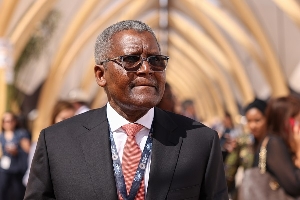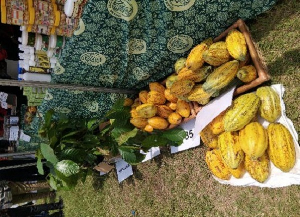Residents of Lyolwa Sub-County in Tororo District are enjoying access to clean water for domestic and commercial use following completion of Shs800 million gravity water scheme in the area.
The solar-powered water system that was constructed by the Rotary Club of Tororo chapter in partnership with Rotary Club of Carmichael in the United States of America will benefit close to10,000 households.
According to the project design, the scheme will supply water to parishes of Bunganga, Namulinde and the three government-aided primary schools of Ojilai, Poyem, and Lyolwa.
About 20 water taps have been installed in different communities. During the official handover at the weekend, the Tororo chapter Rotary Club president, Ms Anne Asinde, said a feasibility study found that access to clean and safe water in the area was a challenge.
“It was based on this upon which the club developed a proposal to lobby with other partner Rotary clubs to rescue the communities,’’ she said.
Ms Asinde advised the beneficiaries to diligently contribute Shs800 annually to cater for the maintenance and operations of the system.
Mr Laston Okoth, the LC1 chairperson of Bunganga, said residents used to walk long distances in search of clean and safe water.
“Our people had for long been exposed to attacks by wild animals and snakes while fetching water from wells,” he said.
The Bishop of Bukedi Diocese, who is also a Rotarian, Rev Samuel George Bogere Egesa, asked the community to ensure that they observe basic hygiene and sanitation practices in order to live better lives.
In 2016 while in Tororo District, the Minister of Water and Environment, Mr Sam Cheptoris, gave a directive that a jerrycan of water at any public stand pipe erected by National Water and Sewerage Cooperation, should cost not more than Shs50. This was in a bid to curb the issue of lack of water which had become problematic in the area.
Background
More work needed.
According to a 2012 report by World Bank titled “Water Supply and Sanitation in Uganda”, the country had been able to provide 91 percent of the urban population with water in 2008. Rural coverage stood at 65 percent.
The country’s projections were to cover the urban areas up to 100 percent and rural areas up to 77 percent by 2015. Stories in the media about poor sanitation and lack of clean water, or intermittent provision, show that we are yet to deliver safe water to everyone constantly.
Africa News of Tuesday, 16 June 2020
Source: monitor.co.ug













